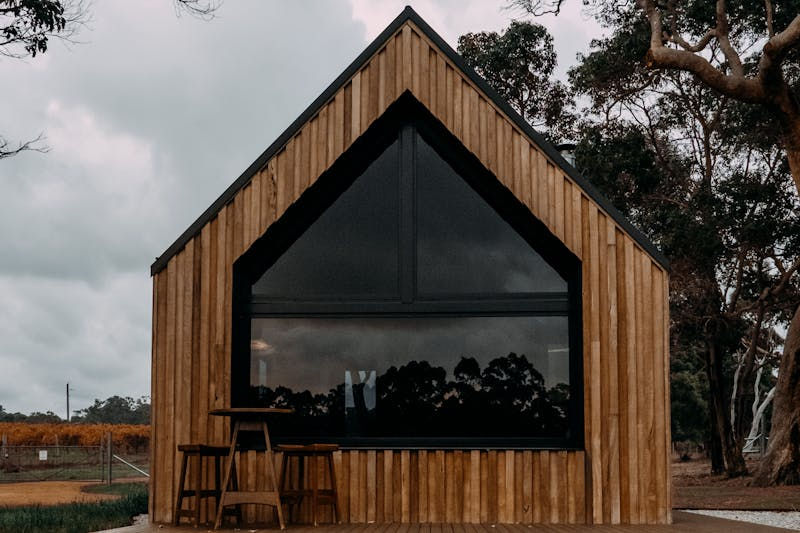Effective Termite Control Strategies for a Termite-Free Environment
- Alyssa Moylan
- Jul 6, 2023
- 3 min read
Updated: Dec 27, 2024
Termites are silent and voracious destroyers of wood, causing billions of dollars of damage to properties every year. If you find yourself in a constant battle against these wood-eating pests, it's time to take action and implement effective termite control strategies for a termite-free environment. In this article, we will discuss the importance of understanding termites, moisture control, wood treatment, and professional termite control services to achieve a pest-free environment.

Understanding Termites
Termites are social insects that live in colonies and feed on cellulose, a primary component of wood. There are three main types of termites: subterranean, drywood, and dampwood. Each type has its own unique behaviors, nesting habits, and treatment methods.
Subterranean Termites
Subterranean termites are the most common and destructive termite species. They live underground in soil and need contact with the soil or another moisture source to survive. These termites build mud tubes to travel between their nest and food sources, which are usually wood structures.
Drywood Termites
Drywood termites do not require contact with soil and can infest wood structures directly. They do not need a consistent moisture source, as they extract moisture from the wood they consume. Drywood termites create small, round holes in wood to enter and exit their galleries, and their fecal pellets, called frass, are often a telltale sign of infestation.
Dampwood Termites
Dampwood termites are typically found in areas with high moisture, such as near water sources or in wood with high moisture content. They are the largest termite species and can cause extensive damage to wood structures.
Understanding the type of termite infesting your property is crucial to implementing the most effective termite control strategies.
Moisture Control and Wood Treatment
Termites thrive in areas with high moisture and wood, so moisture control and wood treatment are essential components of effective termite control strategies.
Moisture Control
To create a termite-free environment, it is crucial to control moisture levels in and around your property. Here are some tips for moisture control:
- Repair leaks in pipes, roofs, and gutters
- Ensure proper ventilation in basements, crawl spaces, and attics
- Use a dehumidifier in areas with high humidity levels
- Grade the soil around your property to direct water away from the foundation
- Remove any standing water around your property
Wood Treatment
Treating the wood in your property can help prevent termite infestations and reduce the risk of damage. Here are some wood treatment methods:
- Use pressure-treated wood for any new construction or repairs
- Apply a termite-resistant wood treatment (like borate) to exposed wood surfaces
- Remove any wood debris, such as firewood or wood piles, from the immediate vicinity of your property
- Inspect wood structures regularly for signs of termite infestation (such as mud tubes, frass, or wood damage)

Professional Termite Control Services
While moisture control and wood treatment are essential components of effective termite control strategies, it is often necessary to consult with a professional termite control service to eliminate an existing infestation and prevent future infestations.
Inspection and Identification
A professional termite control service will begin by conducting a thorough inspection of your property to identify the type of termite infesting your property, the extent of the infestation, and any potential damage.
Treatment Options
Once the inspection and identification are complete, the termite control professional will recommend the most effective treatment options for your specific situation. Some common treatment methods include:
- Soil treatments: These treatments target subterranean termites by creating a barrier of termiticide in the soil around your property.
- Baiting systems: These systems use bait stations placed around your property to attract and poison termites.
- Wood treatments: These treatments involve applying termiticides directly to wood structures to kill termites and prevent future infestations.
- Fumigation: This treatment method is used for severe drywood termite infestations and involves covering your property with a tent and filling it with a fumigant to kill all termites inside.
Monitoring and Prevention
After the initial treatment, a professional termite control service will continue to monitor your property for signs of termite activity. They may also recommend additional preventative measures, such as installing a termite barrier system or performing regular inspections and treatments.
Conclusion
Implementing effective termite control strategies is essential for maintaining a termite-free environment and protecting your property from these destructive pests. By understanding termites, controlling moisture levels, treating wood structures, and consulting with a professional termite control service, you can significantly reduce the risk of termite infestations and the damage they cause. Don't wait until it's too late – start implementing these strategies today to ensure a termite-free environment for your home or business.
.png)







Comments